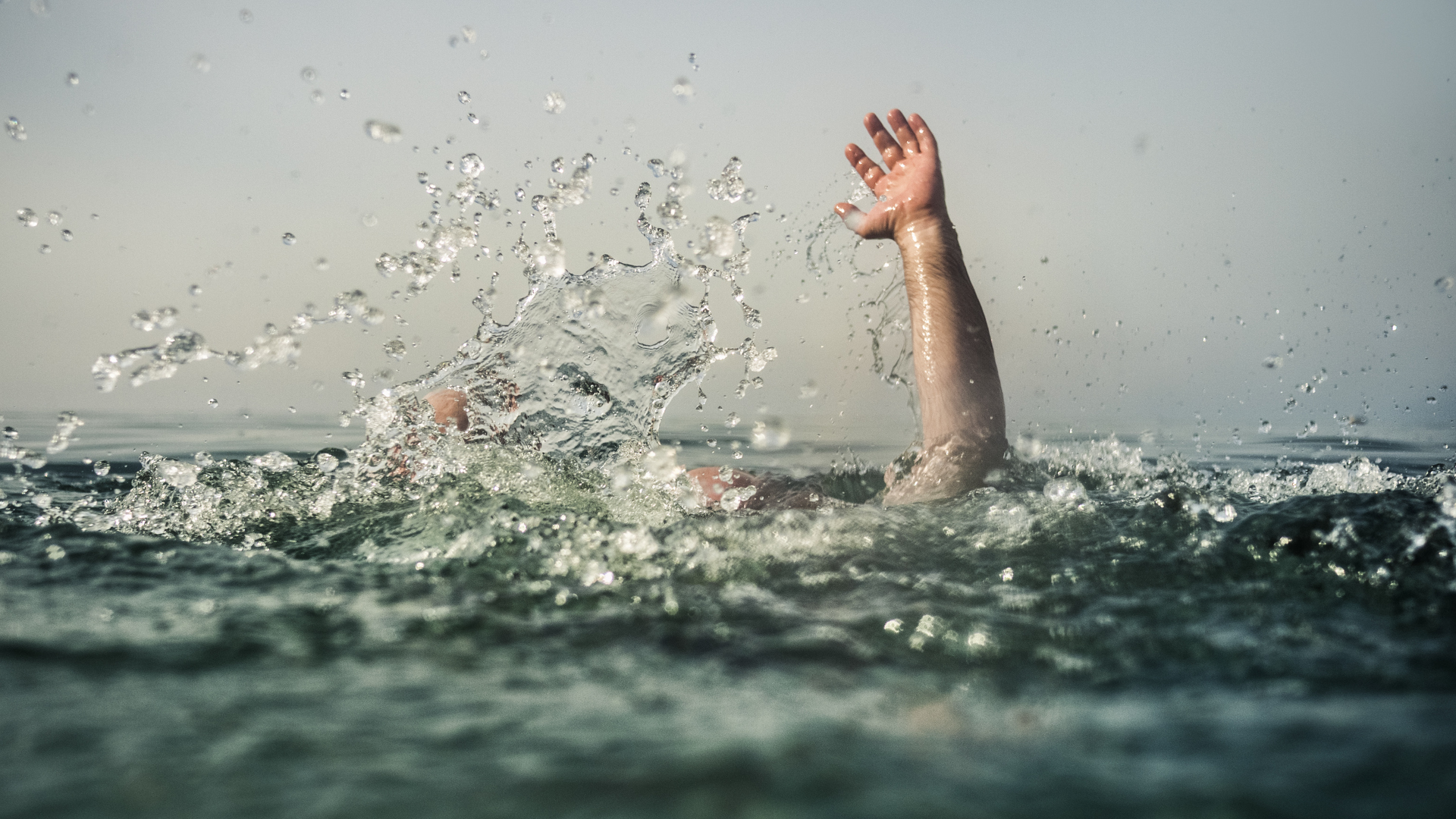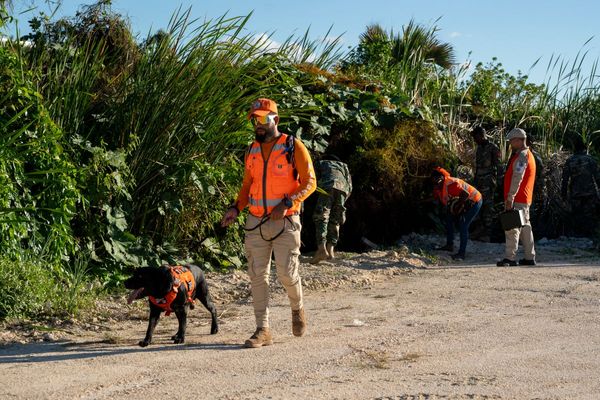
New figures have emerged detailing the rate of drownings in the UK in 2022, and the data reveals that nearly half of the victims never intended to enter the water, ending up there due to causes like slips, trips, falls, changing tides and powerful waves.
In response, sailing brand Helly Hansen recently teamed up with the Royal National Lifeboat Institution in London to launch its annual water safety campaign. The launch took place at the Sky Pool in Embassy Gardens, a distinctive swimming pool suspended 115 feet in the air between two buildings that has transparent walls. During the event, RNLI lifeguards and professional sailors demonstrated the practice of learning how to float in water if you find yourself in trouble.
Though it's easy to panic if you end up in the water unexpectedly – or discover colder temperatures or stronger currents than you were prepared after intentionally entering the water – learning how to float can save your life. Attendee Michael Whitely, 65, credits the technique with keeping him calm and safe until the RNLI was able to rescue him at sea.
Instead of struggling and exhausting yourself by trying to fight against the currents, the RLNI has the following FLoat to Live advice to anyone out of their depths in open water:
- Tilt your head back with your ears submerged
- Relax and try to control your breathing
- Use your hands to help you stay afloat
- Don’t worry if your legs sink – everyone floats differently
"Once you are through the initial shock, call for help or swim to safety if you can," adds Gabbi Batchelor, Water Safety Education Manager at the RNLI.
Already this year, we've reported on multiple water-related accidents, including a 59-year-old hiker who was swept downstream while trying to cross a river in Angeles National Forest in March. She has still not been found.
Among those present at the demonstration was sailor Jack Trigger, who says that the Float to Live technique applies to both everyone, including professionals like himself.
"Knowing how to float is a lifesaving skill we all should practice. Even as a professional sailor, it’s essential to include this in my training, should the worst happen.”
With warmer temperatures on the way and rivers, lakes and beaches looking more tempting, it's important to read our article on how to stay safe in open water if you are thinking about wild swimming this year. Even if you have no intention of getting wet, if you are planning on hiking near water, read our articles on waterfall safety and how to read a tide chart.







